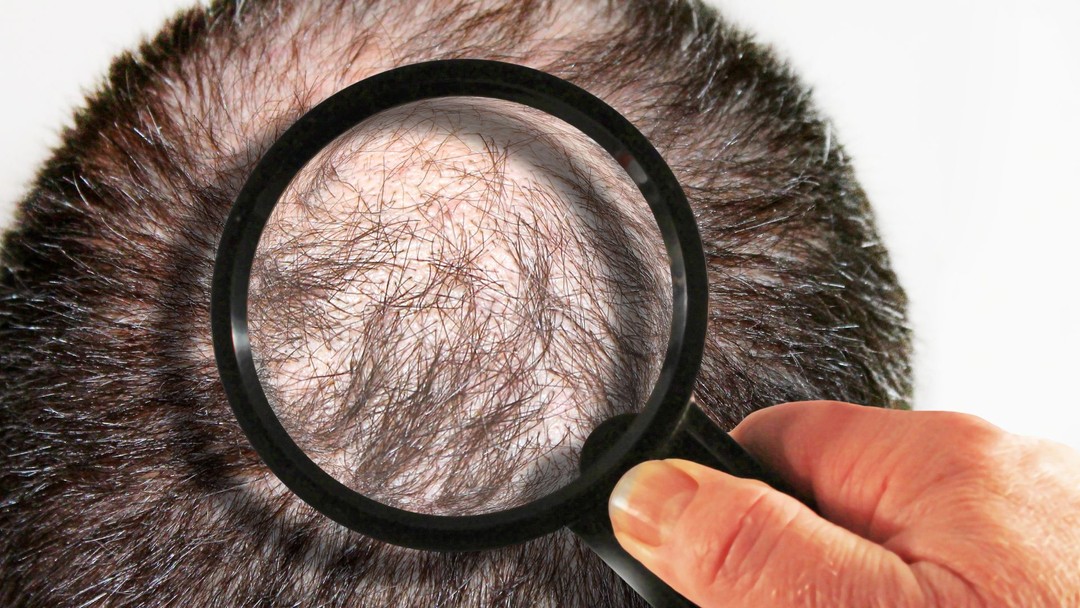Hair loss (alopecia) can affect your scalp or entire body and can be temporary or permanent. It is often caused by genetics, hormonal changes, medical conditions, or a natural part of aging. This condition, known as baldness, affects both men and women but is more common in men. In this article, we will explore the causes, symptoms, and effective prevention methods of hair loss.
Symptoms of Hair Loss
- Male Pattern Baldness: Usually begins at the hairline or crown of the head, leading to partial or complete baldness.
- Female Pattern Baldness: Typically starts with thinning along the parting or the central top of the scalp.
- Alopecia Areata: Sudden hair loss with one or more circular bald patches.
- Traction Alopecia: Tight hairstyles like braids, ponytails, or buns can cause hair loss.
- Frontal Fibrosing Alopecia: Early treatment of a receding hairline may help avoid significant permanent baldness.

Causes of Hair Loss
Hair loss occurs due to several factors:
- Genetics (Inheritance): The most common cause is a hereditary condition that occurs with aging.
- Hormonal Changes and Medical Conditions: Hormonal changes due to pregnancy, childbirth, menopause, or thyroid issues can lead to hair loss.
- Medications and Supplements: Drugs for cancer, arthritis, depression, heart problems, gout, and high blood pressure can cause hair loss.
- Radiation Therapy: Hair may not grow back as it was.
- Stress: General hair thinning may occur after a physical or emotional shock. This is usually temporary.
Risk Factors
Factors that increase the risk of hair loss include:
- Family history of baldness
- Age
- Significant weight loss
- Certain medical conditions
- Stress
- Poor nutrition
What Methods Can Be Used to Prevent Hair Loss?
Most baldness is genetic and cannot be prevented. However, for preventable types of hair loss, you can follow these tips:
- Handle Hair Gently: Be gentle when washing and combing your hair.
- Medications and Supplements: Consult your doctor about medications and supplements that may cause hair loss.
- Protection: Protect your hair from sunlight and other sources of UV light.
- Quit Smoking: Smoking can increase hair loss.
- Cooling Cap: If you are undergoing chemotherapy, ask your doctor about using a cooling cap.

When Should You See a Doctor?
If you are distressed by persistent hair loss or are seeking treatment, consult your doctor. If you notice sudden or patchy hair loss, or more hair loss than usual when combing or washing your hair, see a doctor.
Conclusion
Hair loss is a common problem, but with the right information and treatment methods, it is possible to manage. By talking to your doctor about the cause of your hair loss and treatment options, you can develop the most appropriate treatment plan.
This article was prepared using information from Mayo Clinic.

The La Rachel Anti-Hair Loss Set, consisting of an effective serum, tonic, and shampoo enriched with Procapil, Biotin, and 12 herbal extracts, provides a comprehensive solution against hair loss. Regular use helps prevent hair loss, strengthens hair strands, and repairs the scalp. Clinical and experimental studies have shown that 92% of users experienced a stop in hair loss and noticeable quality improvement in fine, thin hair. This set's unique formula supports healthier, stronger, and more vibrant-looking hair.

